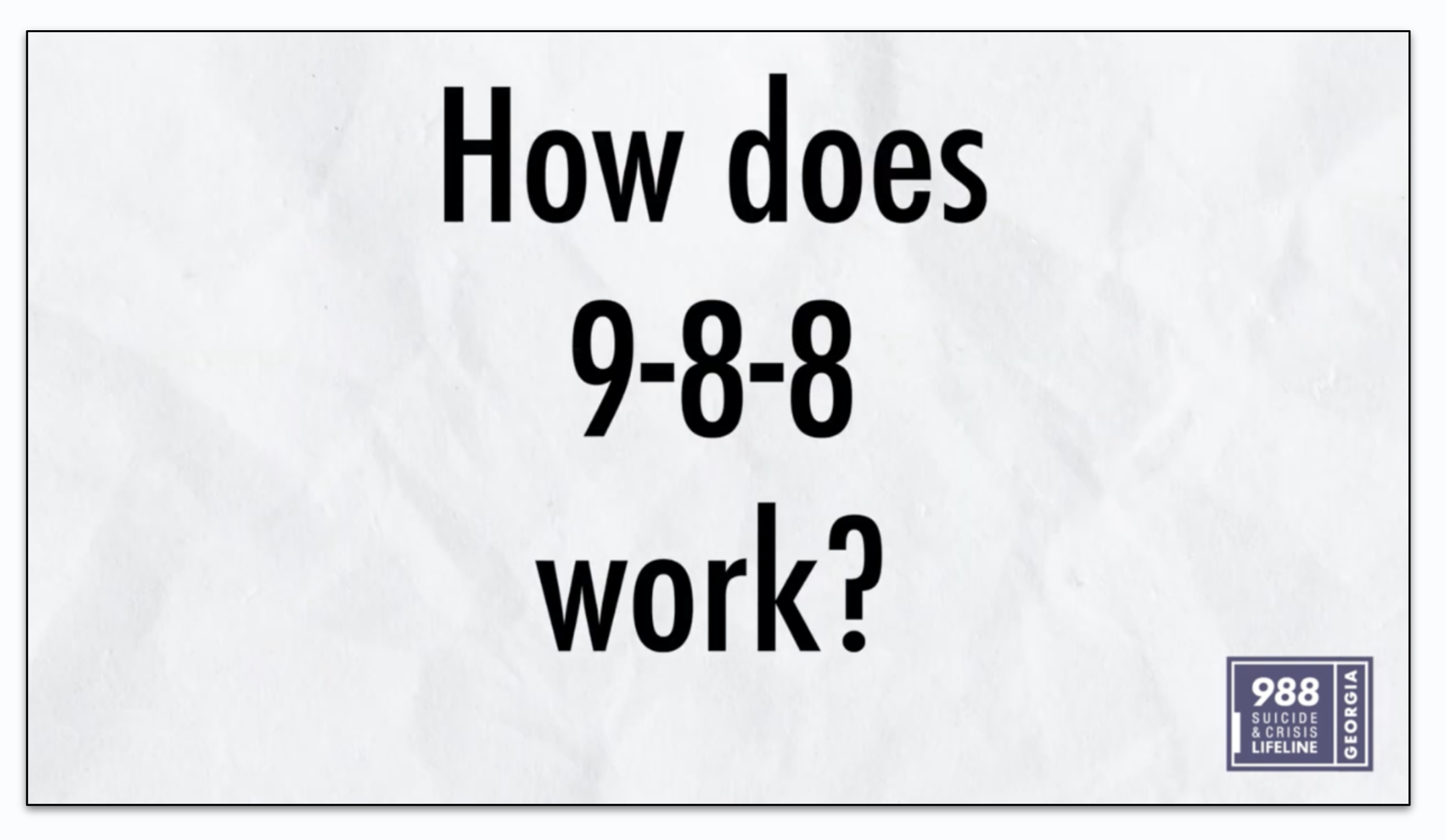
Business Toolkit
The behavioral health of your employees is directly linked to the success of your business and the communities you serve.
The 2024 State of Workplace Health Report found 64% of workers said they’re struggling with mental or behavioral health issues. 91% of these employees said they’re less productive due to their mental or behavioral health issues, with 45% reporting a productivity loss of more than 5 hours a week.
The Journal of Occupational and Environmental Medicine found that by 2030, the global societal impact is expected to rise to $6 trillion.
The 2024 National Alliance on Mental Illness (NAMI) Workplace Mental Health Poll found:
83% of employees agree mental health and well-being training is, or would be, important in creating a positive workplace culture.
1 in 4 employees say they don’t know if their employer offers mental healthcare coverage.
34% of employees aged 18-29 and 28% aged 30-49 have considered quitting their jobs due to the impact of work on their mental health.
51% say they would use a free, confidential, independent mental health support resource if it was a benefit offered by their employer.
What You Can Do
Promote behavioral health resources
Regularly communicate the availability of behavioral health resources, including 988, through internal newsletters, emails, and digital platforms.
Example: Create a post or story by uploading the photo and copying and pasting the caption.
(Upload this photo)
(Copy and paste the caption below)
Are you worried about someone you know who may be in crisis? Stay with them until you can get them help. Call, text, or chat with @988lifeline.
Post Resources in Visible Locations
Managers can download handouts as a resource and post them in high-traffic areas to ensure they are visible to employees.
The SAMHSA Store has many free downloadable and printable promotional materials, including some items available to ship for free. Click the link below and check out the resources under “988 Branded Print Materials.”
(Click image to view and download the 988 overview in English and Spanish)
Host Employee Education Events
Work with your Learning and Development team to host virtual education sessions for employees in your organization, focusing on 988.
The following resource can serve as a helpful introduction to 988. Click the image to download.
Video: How does 988 work?
As part of the education events:
Offer training on how to recognize signs of mental distress and the importance of early intervention.
Create a culture where employees feel comfortable discussing mental health without stigma.
Additional Actions:
Implement Employee Assistance Programs (EAPs):
Provide access to counseling and mental health services through EAPs, ensuring employees have confidential and easy access to professional help.
Include support for a range of issues, from stress management to addiction recovery, within your EAP offerings.
Regularly assess the effectiveness of these programs and make improvements based on employee feedback.
Encourage Work-Life Balance:
Implement flexible working hours, remote work options, and other policies that allow employees to manage their work-life balance effectively.
Promote the importance of taking breaks, using vacation days, and disconnecting from work outside of office hours.
Lead by example—managers and leaders should model healthy work-life balance behaviors to encourage employees to do the same.
Industry Specific Toolkits
Food Industry Toolkit
An August 2023 CDC report found that people working in food preparation and service face a much higher risk of dying from drug overdoses compared to other professions, second only to construction workers. The rate of overdose deaths is worryingly high – about 130 deaths for every 100,000 workers.
Click here to check out our toolkit for food industry workers and ways to find help and support.
Farm and Agricultural Toolkit
A recent study done at the Georgia Rural Health Innovation Center at Mercer University with assistance from the Georgia Foundation for Agriculture quantifies what many in agriculture have known — farming comes with extraordinary stress. The study showed that 29% of farm workers, owners and managers had thoughts of suicide in the past year.
Click here for our farm stress toolkit to view resources and support that are available when the stress becomes overwhelming.
Resources for Further Reading
Mental Health America: Workplace Mental Health Resources for Employers.
World Health Organization. (2022): WHO Guidelines on Mental Health at Work.
World Economic Forum. (2021, October). Business Benefits of Boosting Employee Health and Well Being.
World Economic Forum. (2020, January) 7 Ways to Make the Workplace Better for Our Mental Health.
Harvard Business Review. (2023, October) The Future of Mental Health at Work Is Safety, Community, and a Healthy Organizational Culture.
Harvard Business Review. (2024, April) 5 Strategies for Improving Mental Health at Work.
Deloitte Insights. (2022, January). The ROI in Workplace Mental Health Programs: Good for People, Good for Business.
American Psychiatric Association Foundation Center for Workplace Mental Health: Making the Business Case.
National Alliance on Mental Illness. (January, 2024) The 2024 NAMI Workplace Mental Health Poll.











